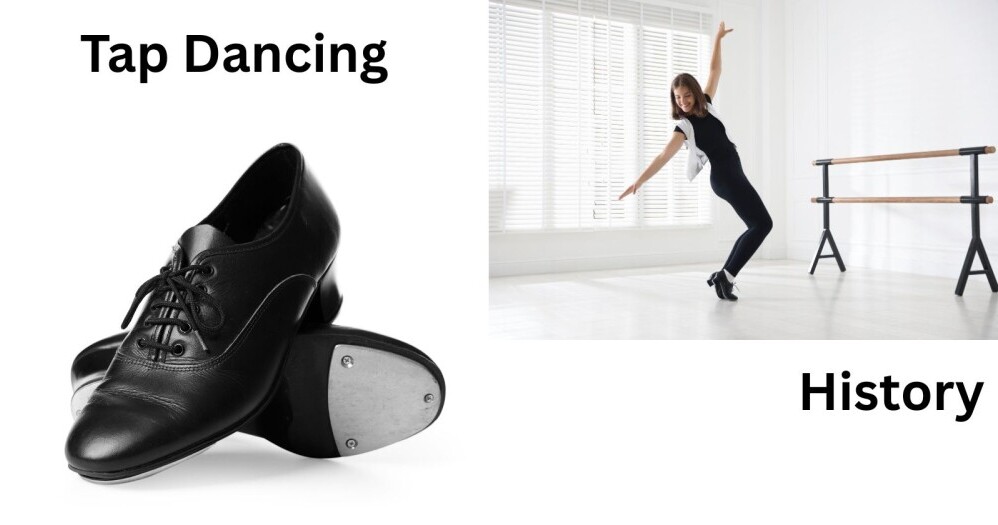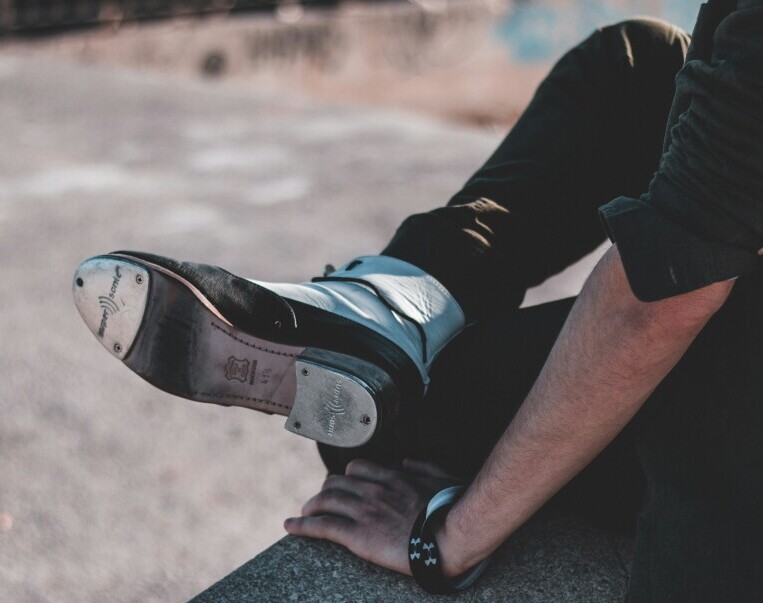Let’s look at tap dancing history and how it evolved over time.
Tap dancing didn’t just appear out of nowhere. It sprang to life through a fascinating fusion of different cultures. African and Irish dance traditions played a key role in molding what we know today as tap dance. Think complex rhythms from Africa meeting the jigs and reels of Ireland. It was like a dance-off that turned into a dance marriage.

Tap Dancing History
Back in the 1800s, tap was mostly making waves in places like minstrel shows and vaudeville. These were the hotspots for entertainment before TV and movie theaters. Minstrel shows, although controversial, were where some of the early forms of tap really started taking shape. Vaudeville took that foundation and gave it a stage (literally) where performers could experiment and evolve the dance form.
Fast forward a few decades, and tap made the leap from short film snippets into full-blown Broadway productions. It wasn’t just a side act but became the main attraction. The Great White Way’s flashing lights beckoned, pulling tap into the spotlight and into the hearts of audiences everywhere.
Names like Bill “Bojangles” Robinson were lighting up marquees and inspiring countless dancers. These early legends didn’t just impress with quick footwork; they paved paths others could follow. Their contributions to tap weren’t just about entertainment—they were defining moments in dance history.
The Golden Era: Tap Dance in the Height of American Entertainment
The 1930s to the 1950s were a golden age for tap dance, thanks to the magic of Hollywood. Films back then didn’t just include tap dance—they launched it into stardom. The silver screen became home to legendary dancers whose routines are still iconic.
Fred Astaire and Ginger Rogers weren’t just names; they were household fixtures, known for making tap look effortlessly glamorous. Their chemistry and innovative choreography set a standard that’s tough to match even today. It’s not just about romance on the screen but also a spark of artistry that touched audiences.

Tap wasn’t just about the glitz and glamour. Jazz music’s rapid evolution intertwined with tap’s rhythm, knitting the two together in a cultural dance narrative that resonated with people across the spectrum. Think of it as a jam session where every tap was a note in jazz’s musical journey, bringing about a shared cultural high.
Of course, times weren’t always easy. The Great Depression and WWII tested everyone, including entertainers. But even during hardships, tap stayed steadfast, offering moments of escapism and joy. People craved entertainment that could make them forget their woes, and tap dancing delivered just that. It became a kind of dance-floor resilience, inspiring many.
Modern Resurgence: Tap Dance in Contemporary Culture
Tap dancing never really faded away; it just paused for a beat. Late in the 20th century, figures like Gregory Hines and Savion Glover breathed new life into the art, taking it beyond the traditional tap shoes. They didn’t just perform; they channeled messages through intricate footwork, reaching out not just to entertain but to say something deeper about the world.
Tap’s rhythm turned into a tool for social change and expression. It became more than just a performance; it started a conversation. Dancers used their talents to protest, to unite, and to inspire. Each tap became a heartbeat echoing the call for change in society.
These days, tap is having fun blending with new styles. Contemporary dance, hip-hop, and even digital mediums are joining forces with traditional tap. It’s like a dance-off where everyone wins—pushing the boundaries and keeping things fresh.
Where’s tap heading next, you ask? With technology and globalization, the future’s wide open. Virtual platforms are introducing tap to audiences worldwide, making it a dynamic force in the dance community. New audiences mean new ideas, and tap’s got its shoes ready to meet them.
This evolution is a testament to tap’s enduring appeal. It’s a celebration of sound and movement that continues to inspire, educate, and entertain. So, whether you’re watching a classic film or a modern performance, tap dance’s story keeps you on your toes.

